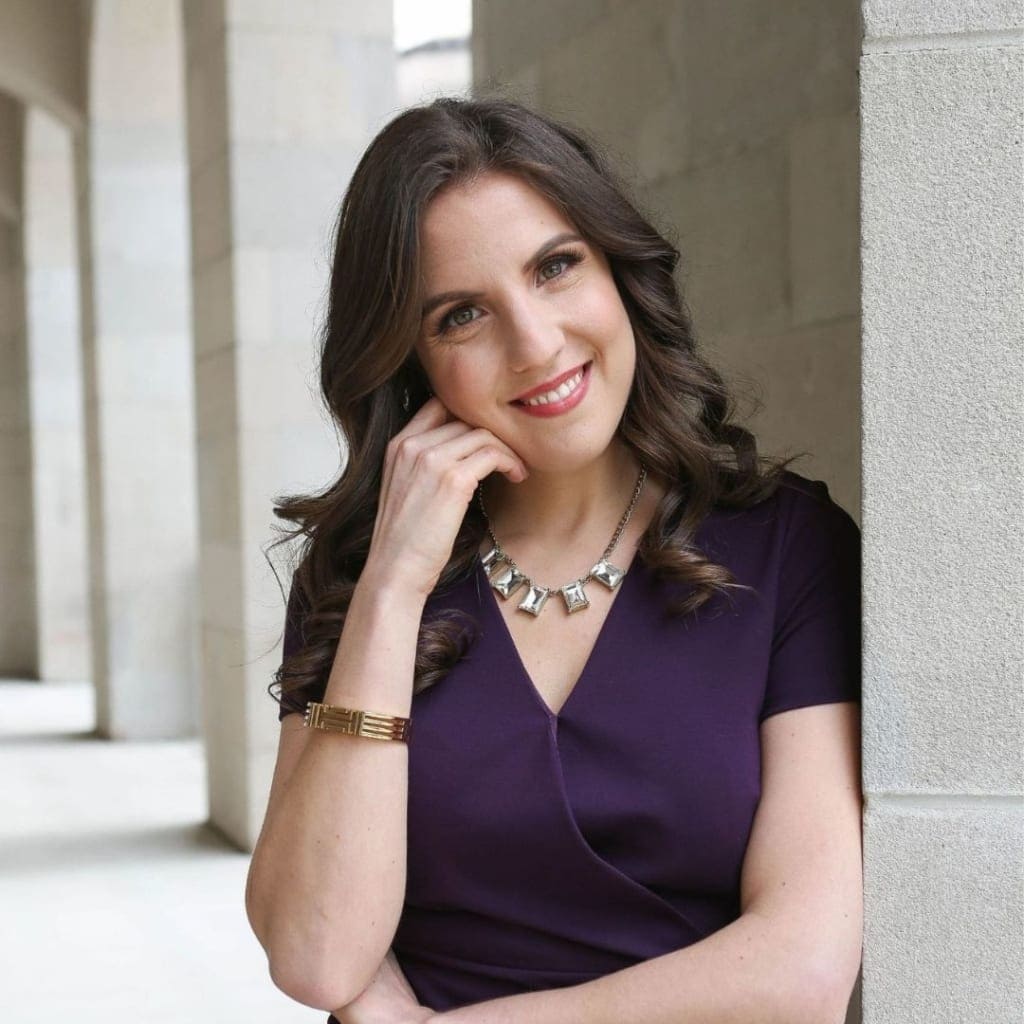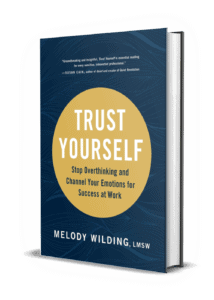Whether someone asks to pick your brain for free advice or expects you to assume new responsibilities without extra pay, it can be challenging to say no.
Speaking up for yourself can be especially difficult for those who are active or recovering people-pleasers.
Saying no brings up all sorts of fears:
- People will dislike me
- They’ll think I’m a prima donna.
- What does it say about me if I’m not willing to help other people?
While these fears are rooted in kernels of truth, it’s also true that saying no is a skill you need to learn. Declining opportunities is key to protecting your time and energy.
Many of the clients I work with never learn how to assertively push back or kindly decline opportunities. As a result, they find themselves overwhelmed, and sometimes resentful, which is no place to do your best work from.
Here are some ways to say no more gracefully, so that you can have strong boundaries without alienating other people.
Apologize, tell the truth, and communicate as early as possible.
Don’t wait until the last minute to wiggle out of a commitment. As soon as you know that you can’t (or don’t want to) follow through, communicate. Apologizing will go a long way, and so will telling the truth. Don’t feel like you have to make up an elaborate excuse. Saying something like, “I’m so sorry. I stretched myself too thin, and I won’t be able to make it,” is sufficient. The person may be disappointed, yet because you spoke up tactfully, they’re not likely to feel deeply hurt or insulted.
Explain what you can do.
In his book The Power of a Positive No: How to Say No and Still Get to Yes, Harvard professor William Ury explains the genius “Yes-No-Yes” response, which can be used in everything from social situations to workplace negotiations and beyond.
It has three parts:
1. Saying “yes” to yourself and your priorities
2. Saying “no” in a way that sets clear boundaries
3. Saying “yes” to affirm the relationship and offer another solution
Let’s say you’re contacted by a friend who’s applying for a job with your company. They want you to put in a good word with HR. You don’t feel comfortable doing that, but you worry about letting your friend down. You could say something like, “I was so glad to hear that you’re applying for a job here! We would be really lucky to have you at the company. I can’t contact HR. I can, however, put you in touch with the person who previously held that job. She might have insight into what makes a strong candidate for this role.”
The best thing about a “positive no” is that it’s genuinely guilt-free. It preserves your relationship and allows you to say “no” without fear.
Redirect them to other resources.
When someone reaches out, ask questions first to get a sense of what they’re looking for and whether a meeting is even necessary. Often times you can be helpful by simply pointing the person to a valuable, preexisting resource like a book, community, or blog post you’ve written:
“Great question! Here’s a [book/podcast/networking group] that addresses [particular topic]. Check it out — I think you’ll find it helpful!”
With practice, you learn to honor yourself and find workable compromises, putting what makes you happy and fulfilled first. Say “no” to the rest.
Check Out My LinkedIn Learning Course
This course summarizes tools and strategies I’ve used over the past ten years with coaching clients at companies like Google, Amazon, and more.
The importance of saying no from Learning to Say No with Confidence and Grace by Melody Wilding
And inside you’ll discover how to:
- Set boundaries at work that boost your confidence and well-being
- Decline requests gracefully and preserve your relationships
- Push back on your boss respectfully
- Develop confidence by conquering fears block you from saying no
One of the toughest parts of saying no is what to say, so throughout the course, I’ll share helpful scripts and language you can use at work starting today. When you sign up for the course now, you get access to the course plus additional worksheets, templates, and more.
Start the course now for free with LinkedIn Premium or sign up for just $24.99.
Some of the links contained in this article are affiliate links. This means that I may receive a commission if you click on the link and make a purchase from the affiliate.









